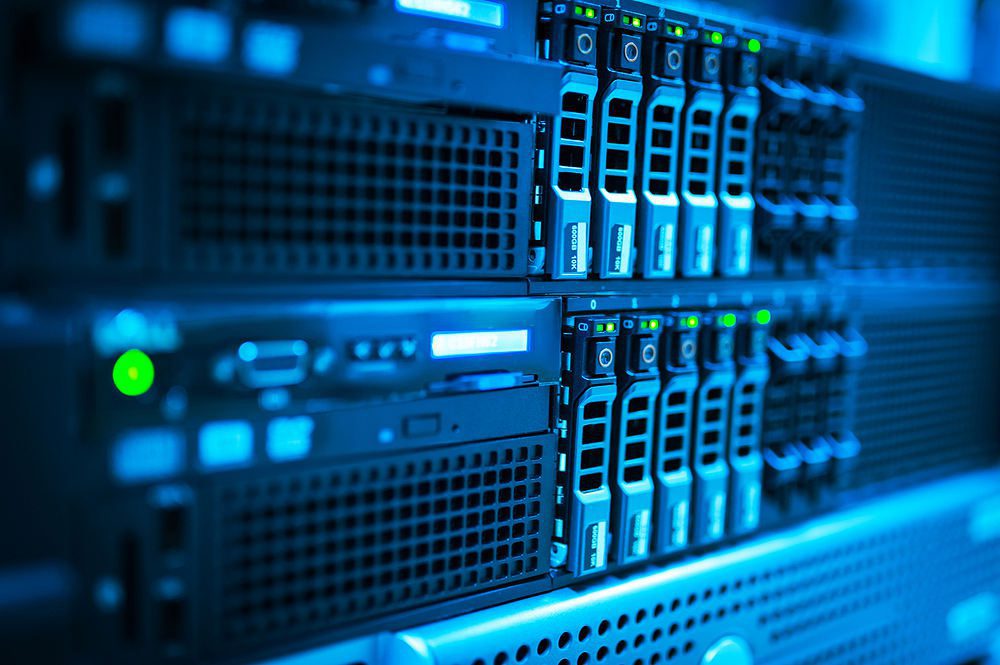IT Hardware develops a robust and competitive IT infrastructure

The success of any company in the modern economy requires a great receptivity to market changes and the ability to adapt intelligently to the profile, perpetually updated, customer demand. Agile companies, which have the ability to quickly redefine their strategies, will be able to successfully respond to all requests. Competitive IT infrastructure is the foundation of this profitable mobility.
The essential points in the development of a balanced IT infrastructure
The IT platform must provide the basis for all IT solutions, present and future. Once a platform is adopted, changing it can be very costly.
The choice of platform is essential and will immediately influence the quality of services performed.
What to look for?
TCO – Total Cost of Ownership in infrastructura IT
The TCO concept – the total cost of ownership – is intensely circulated in correlation with IT systems. When we buy an equipment, system or machine, we do not think only about the purchase price. There are additional factors that add additional costs after purchase. The efficiency of the investment is calculated according to the TCO, not only according to the initial cost of the acquisition.
In case of investments in IT, it is good to take into account:
Support
Who puts a product into operation after purchase? It must be installed and configured. How many companies or market specialists can help me? With what financial effort? How long will I recover the investment? What happens if something goes wrong?
Qualification
How many employees have the necessary training to exploit the solution? How much would the training cost? Is the solution familiar enough and easy to exploit? Can I easily find qualified staff?
The choice of platform is essential and will immediately influence the quality of services performed.
Reliability
Downtime prevents the return on investment and can bring other costs.
Security
Poor security makes us vulnerable to a whole series of problems, which ultimately translate into unforeseen costs.
Updates
How can I keep everything up to date so that life can be extended? What would be the costs?
Integration
Can I capitalize on the investments already made with the new solution? How much will it cost me to add new features in the future? Are there engineers in the market to help me in this case?
The solutions we offer to develop an optimal IT infrastructure are economical, secure and in line with the rapid change of business objectives. Mobile technology and the explosion of information trends are fundamentally changing the expectations and roles of IT infrastructure chips. Sixty percent of the costs are dedicated to operations in this area. Planning and controlling these expenditures is a major challenge in the process of continuously adapting to new IT infrastructure standards.
